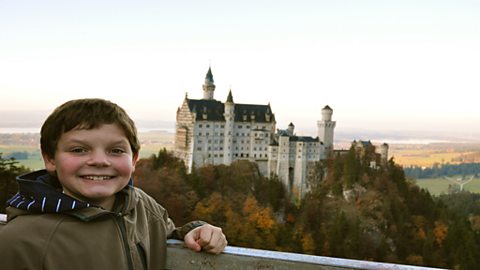A child-led introduction to Rotterdam, Netherlands, suitable to support study of a European location at Key Stage 2.
The video
Martina: My name is Martina. I'm 11 years old, and I live near the port of Rotterdam.
Martina - TRANSLATED: The port of Rotterdam is the biggest and busiest port in the whole of Europe, and it is also the fourth largest port in the world. It's the gateway to Europe. Rotterdam is often called the Europort.
Rotterdam is right on the North Sea, and at the mouth of two important rivers, the river Rhine and the river Meuse. We always have wind here, so we use the wind for energy. The wind energy is used for extra electricity.
Martina: Look, this is a really big container ship!
Martina - TRANSLATED: I'm very connected to the port, because both my grandfathers worked as sea captains. Both my parents work in the shipping industry. My mother organises shipments to go all over the world, especially to Norway and Iceland. The shipments of coal and quartz are used for products like silicone. This is used for touch screens, make-up and solar panels.
This is EMO, the European dry bulk terminal. It's the largest in Europe. Dry bulk means things like iron, ore, or coal.
Worker- TRANSLATED: Over here, we have coal from different countries, like Africa, Colombia, Indonesia.
Martina – TRANSLATED: This is the area where they unload it. The grab can hold 80 tonnes. That's about 13 elephants or 40 cars. The coal is used for energy in steel factories and power plants. It's stored here and then exported to other countries all over Europe. The black heaps are coal, and the brown heaps are iron ore. Many products get taken down the Rhine by boat. Lots of products also go with really long trains. Everything is going somewhere.
THEY SPEAK IN DUTCH
Martina – TRANSLATED: My father works as a shipping agent. He makes sure all the ships have everything they need when they come into harbour. My dad looks after about 2,000 ships. Sometimes my dad books tug boats for the really big ships. Tug boats pull or push the ships into the port. They are very strong and powerful. The big ships can carry over 14,000 containers. The containers have everything in them -food, clothes, shoes, TVs, games -anything you can think of.
Martina: This is ECT, the European Container Terminal. Look! There are no drivers.
Martina – TRANSLATED: This is where the containers are offloaded from the ships. Its nickname is the ghost terminal, because all of the machines work by themselves. Even when it's pitch dark. The idea was invented here.
SHE SPEAKS DUTCH
Martina – TRANSLATED: Sometimes it's fun to watch the ships with my best friend, Manon. She's nice and she helps you out if you need help. And, well, she's just a really good friend. We chill out, and watch the ships coming in. It will overtake the other in no time. It goes "Wheeee!" It goes really fast.
My dad also books pilots and pilot boats to guide the ships into the port. They know the port so well that the foreign sea captains don't have to worry about how to find their way in.
RADIO MESSAGE IN DUTCH
Martina – TRANSLATED: The pilots are sea captains who have special training to be Rotterdam port pilots. They guide about 65,000 ships a year. They are fit and healthy because they have to climb up the side of the ships. I think it's scary and exciting at the same time, because when it's dark and you can't see anything, you still have to climb up the side of a really big ship. They also have to do this in thick fog or in rough seas.
Every ship is going somewhere in the world, fetching or delivering. Sometimes my dad books a helicopter to bring the pilots to the ship. Helicopters are needed for lots of different reasons, like, for example, if the weather is bad, or if the ship is really big or far out. Sometimes my dad hires a helicopter when there's an accident. Luckily, that's not very often. He can't keep the ships waiting, so the pilots need to get them in quickly. Huge ports are pretty exciting places.
Video summary
Download/print a transcript of the video.
Rotterdam sits at the mouth of two rivers, the Rhine and the Meuse.
Goods are imported and exported all over the world via the barges and container ships that operate in and out of the city’s port every day.
Martine, a local Dutch girl, shows us around the busy port.
She introduces us to her mother, the boss of an international shipping company and her father, a shipping agent responsible for organising the tugs and pilot boats.
The activity at the container port and dry bulk terminal, plus the busy transport network of trains and trucks that move the cargo, means that the port needs a lot of electricity to run smoothly.
The extreme wind at the port has led to wind turbines being erected to generate some of this energy for both the port and surrounding community.
Teacher Notes
Children could consider the similarities and differences between their own town and the port of Rotterdam, Holland, by presenting this information in a Venn diagram or writing a report.
Using the clip as a stimulus, the children could complete further research on the importance of trade within the EU and where key port locations are in the UK.
The children could write a 'Day in the Life of…' diary of Martine, the young girl presenting the film, whilst at home, at the port and at school.
This report or diary could be accompanied by a glossary explaining the key vocabulary.
The children could complete research about the benefits and disadvantages of using coal and wind power to generate energy, as shown in the clip.
This clip will be relevant for teaching Geography at KS2 in England and Northern Ireland, Progression Step 3 in Wales and 2nd and 3rd level in Scotland. The National Curriculum for Geography at Key Stage 2 emphasises study of a European location and making comparisons with a location in the United Kingdom.
A location in Europe - Haarlem, Netherlands. video
10-year-old Mika describes the traditional Dutch architecture of her hometown of Haarlem, Netherlands.
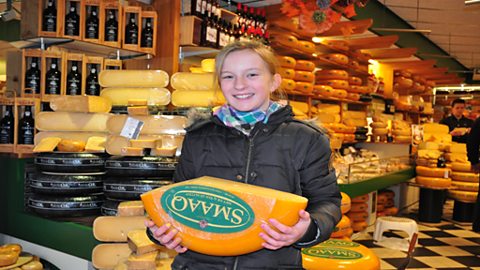
A location in Europe - Veere in the province of Zeeland, Netherlands. video
Nine-year-old Robbert introduces his hometown of Veere in the province of Zeeland, Netherlands.
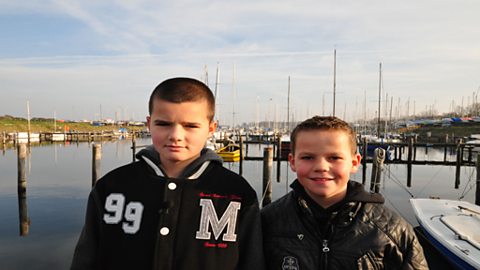
A location in Europe - Kinderdijk, Netherlands. video
Nine-year-old Donna introduces Kinderdijk - a region famous for its canals and windmills.
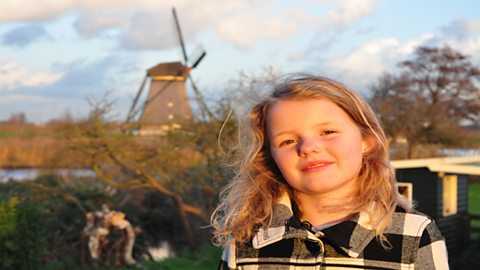
A location in Europe - the North Frisian island of Sylt, Germany. video
11-year-old Helen explains what life is like on the German island of Sylt.

A location in Europe - Inzell, Germany. video
11-year-old Josephine introduces the physical and human geography of Inzell, in Bavaria.
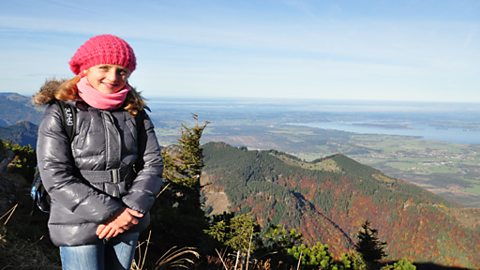
A location in Europe - Hamburg, Germany. video
Nine-year-old Zoe introduces the physical and human geography of Hamburg, Germany.
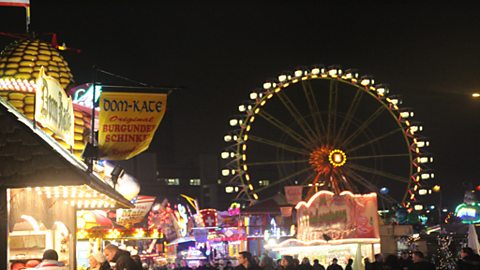
A location in Europe - Cologne, Germany. video
Nine-year-old Niklas shows what life is like in the city of Cologne.
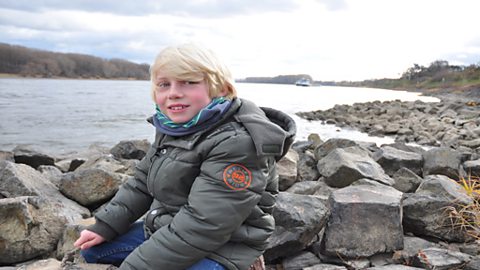
A location in Europe - Füssen, Germany. video
12-year-old Philipp introduces Füssen in the Allgäu region of Bavaria.
